Ogden Museum of Southern Art
925 Camp St
New Orleans, LA 70130
504.539.9600 | HOURS
925 Camp St
New Orleans, LA 70130
504.539.9600 | HOURS
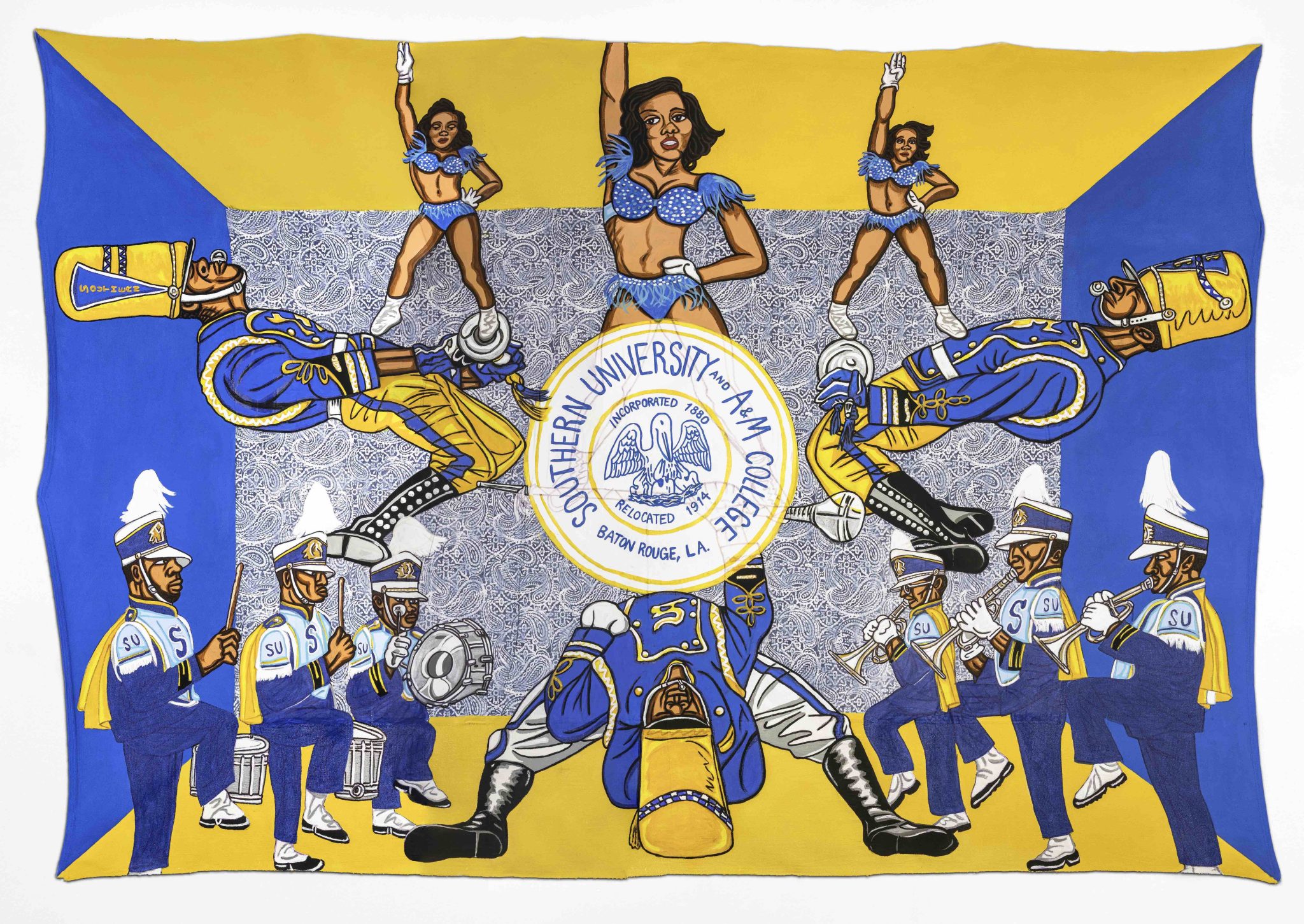
Keith Duncan, Southern University Marching Band, 2023, Acrylic, marker and fabric on unstretched canvas, 74.5 x 108 inches, © Keith Duncan. Courtesy of the artist and Fort Gansevoort, New York.
Ogden Museum of Southern Art is proud to present Battle of the Bands, Keith Duncan’s most recent body of work that celebrates the vibrant tradition of Historically Black Colleges and Universities (HBCU) marching bands. The exhibition features large-scale fabric paintings of fifteen Southern HBCU bands, along with human-scale fabric paintings and smaller works on paper depicting each band’s drum major.
The HBCU marching band tradition, as we know it today, began in 1946 when Dr. William P. Foster incorporated dance steps, choreography and showmanship into Florida A&M’s The Marching 100 routines. Prior to Dr. Foster’s innovation, marching bands embraced a military tradition of staid carriage and marching precision. Dr. Foster revolutionized the performances through rapid tempos, dancing, choreography and showmanship. Soon, other Southern HBCU bands followed suit. The resulting tradition not only celebrates discipline, artistry, athleticism and unity, but also Black culture, Black joy and HBCU pride.
HBCU marching band performances during half-time shows have become the main attraction of many football games, often garnering more attention and crowd excitement than the game itself. The most famous of these performances is the Battle of the Bands, a two-part performance which occurs during Bayou Classic, an annual college football classic rival game. The classic, often referred to by fans as “the Black Super Bowl,” takes place in New Orleans during Thanksgiving weekend and is between Grambling State University’s Tigers and Southern University’s Jaguars (both are HBCUs). The first part of Battle of the Bands begins on Friday night before the game with elaborate choreographed performances by both universities’ marching bands—Grambling’s “World Famed” Tiger Marching Band and Southern’s Human Jukebox. The second part is held during the football game’s halftime show on that following Saturday. Bayou Classic and the Battle of the Bands has become an event of cultural significance, as it brings upwards of 250,000 visitors to the City of New Orleans and is held at the city’s largest venue, Caesars Superdome.
While attending Louisiana State University (LSU) in Baton Rouge, Duncan became familiar with Southern University’s Human Jukebox. Duncan explains,”While attending LSU for my undergrad, we would go over to Southern University at times to go check out the Greek shows to watch the step teams and watch the [football] game. But the main event wasn’t the game, it was the Battle of the Bands. Everybody wanted to see the bands go at each other, so that was something that was always in the back of my mind that I wanted to create a narrative about.”
Although Battle of the Bands has its roots in the Bayou Classic battle between Southern’s Human Jukebox and Grambling’s Tiger Marching Band, Duncan broadened the lens of his focus to include fifteen of the top Southern marching bands in the HBCU tradition. Duncan’s layered integration of wallpaper and textiles is deliberately drawn from the influences of ancestral heritage, Southern tradition and contemporary aesthetics of material exploration. His ancestral heritage is explored through allusion to African textile traditions, while Southern traditions in handcrafts (like the quilting traditions of Black folk artists, especially the quilters of Gee’s Bend) provide inspiration for the patchwork upon which he builds his paintings.
With Battle of the Bands, Keith Duncan displays his full formal acumen and narrative process as a painter. Like all of Duncan’s work, the body of work is figurative, personal and rooted in the celebration of his community. Through telling this story, Duncan not only focuses the viewer’s attention on the cultural significance of the HBCU marching band tradition, but also opens dialogue around the rich history of the South’s HBCUs, and the increasingly important role they play at this moment in American history.
support keith duncan: battle of the bandsHost Committee
Dr. & Mrs. Ted Bloch III
Roger Ogden & Ken Barnes
Kaye Courington
Beverly Dale
Brooke Monteverde-Durham and Blake Durham
Tyson Geary
Deborah & Cary Grant
Lisa & Kenneth Jackson
Monica A. Frois & Eve B. Masinter in Memory of Shirley Rabé Masinter
Judith Young Oudt
cch Pounder
Kathleen Schott
Nathalie Simon
Elizabeth Black & Steve Sweet
Contributing Sponsor
Fort Gansevoort
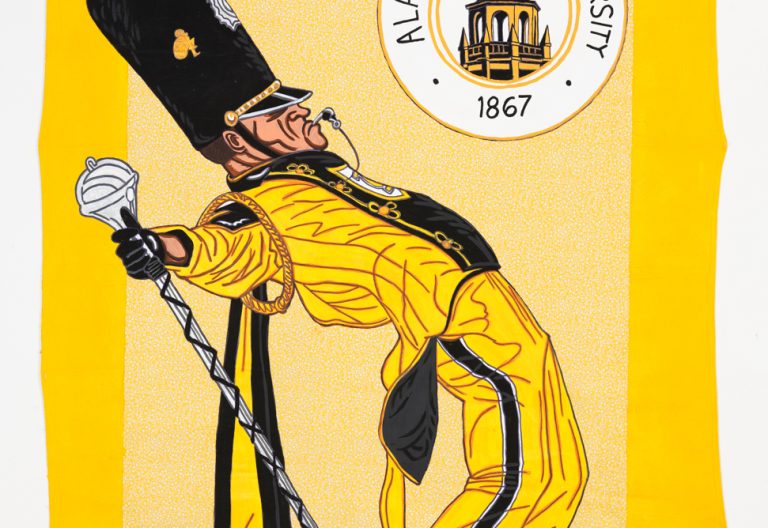
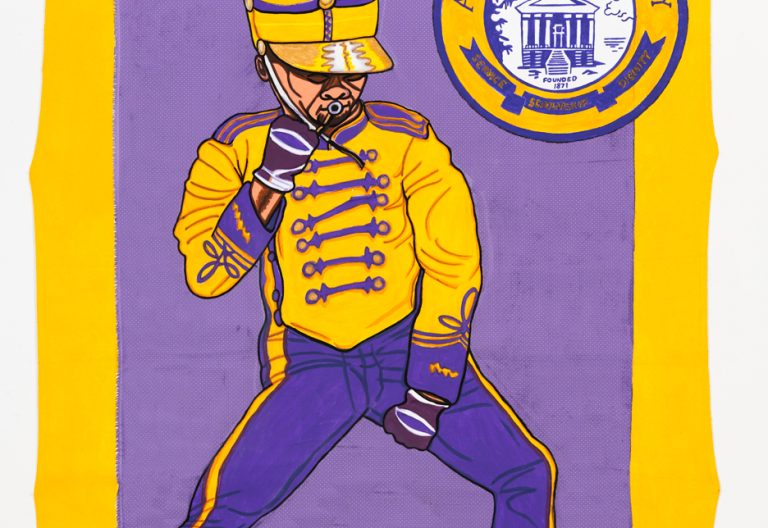
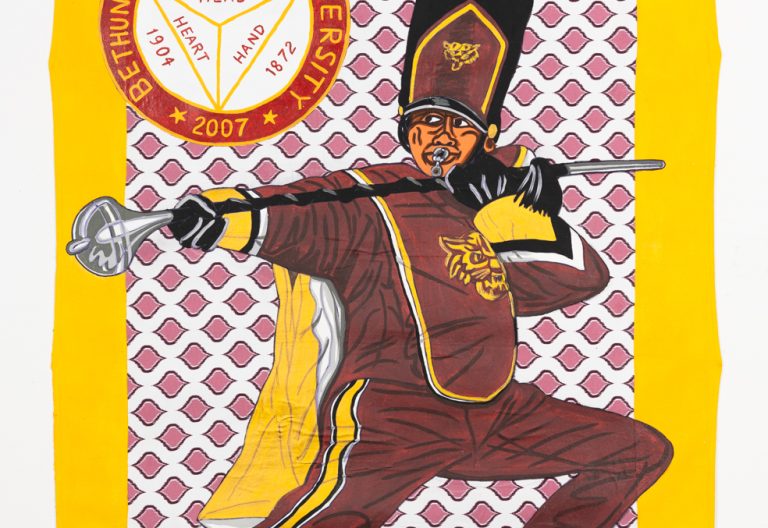
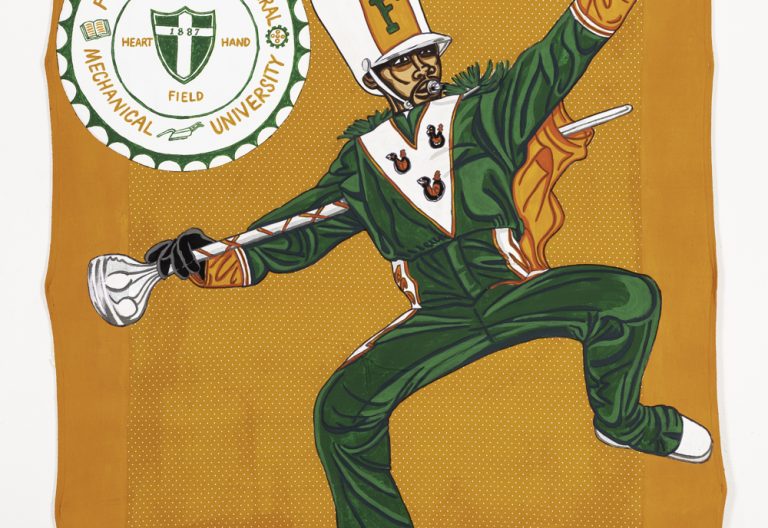
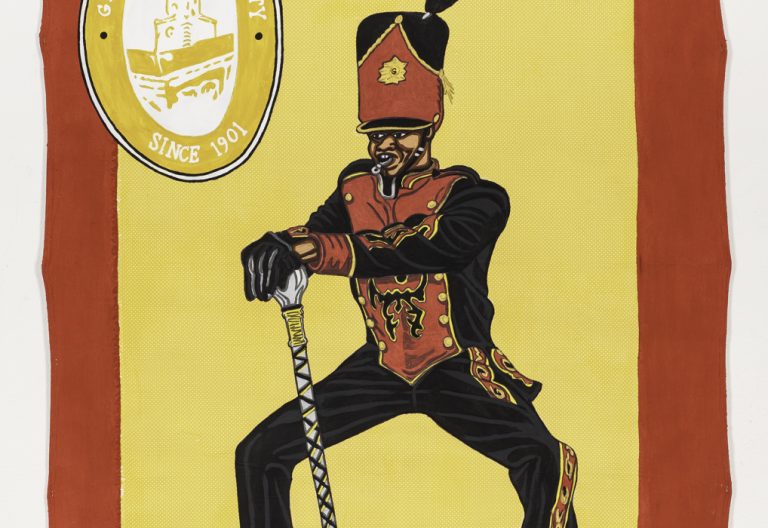

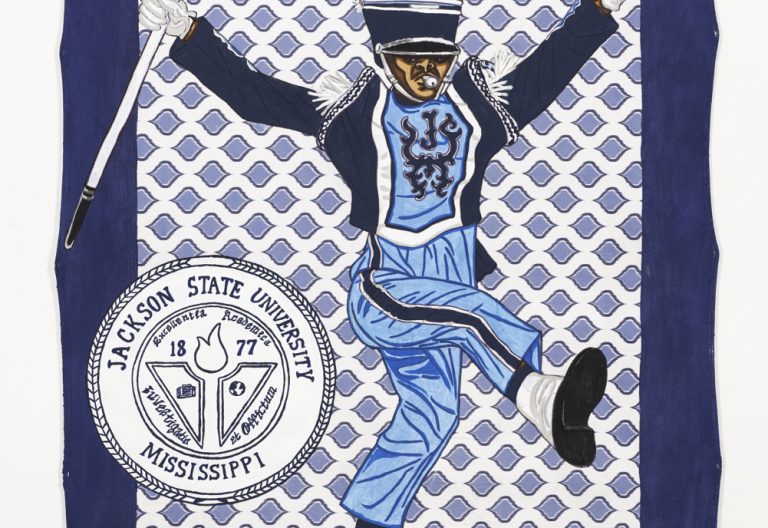
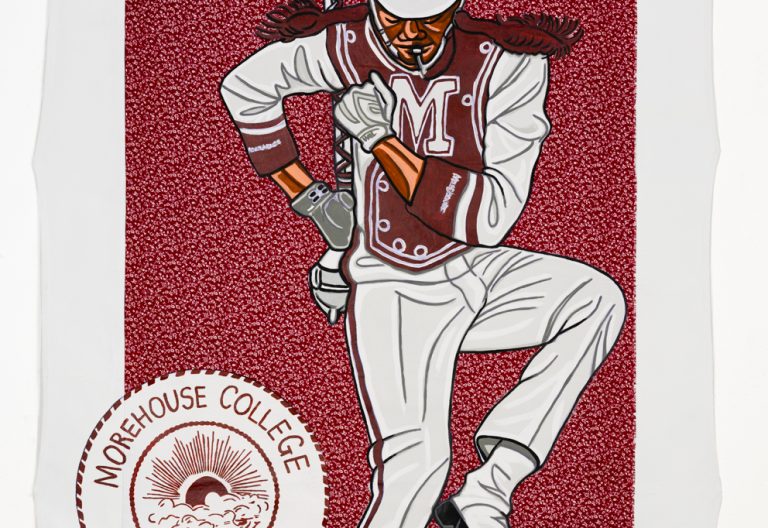
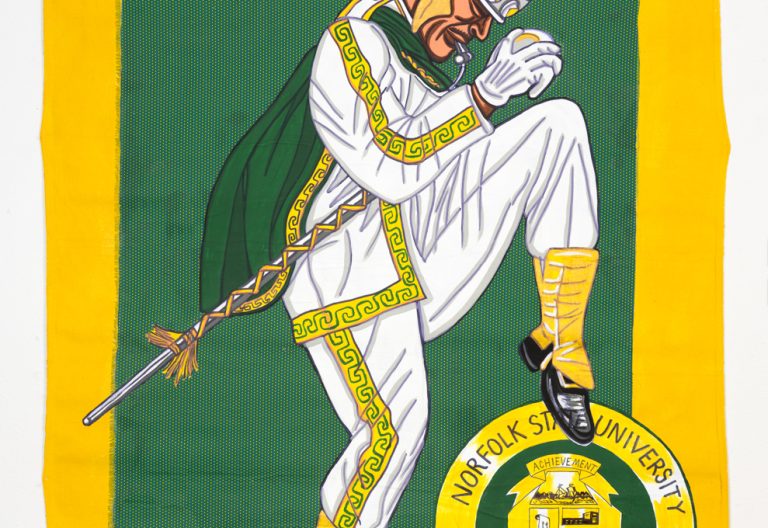
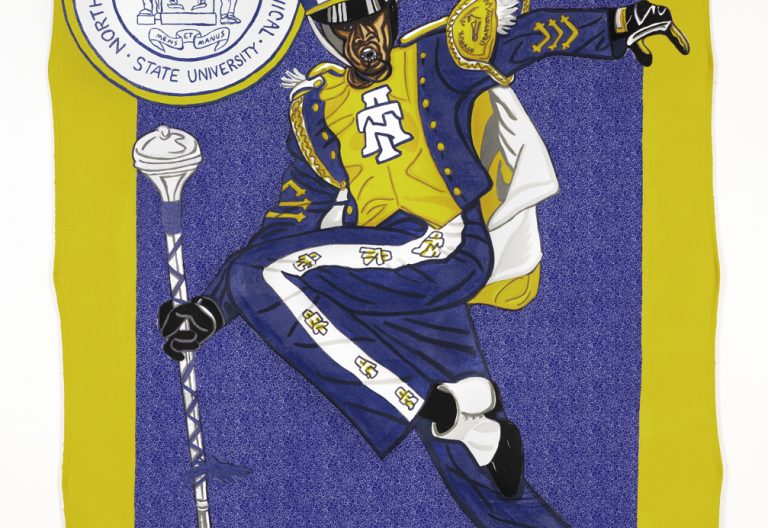

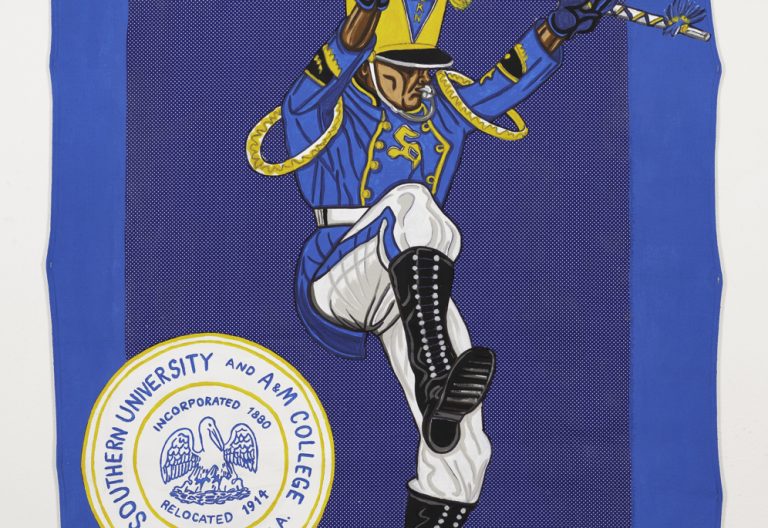
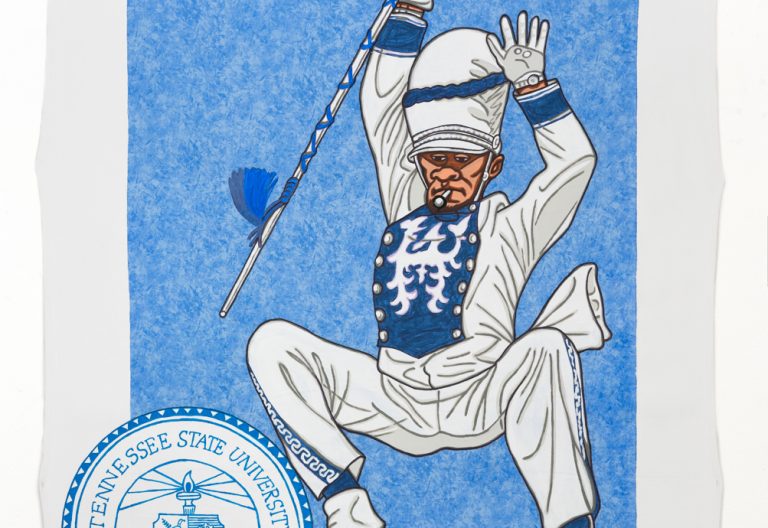

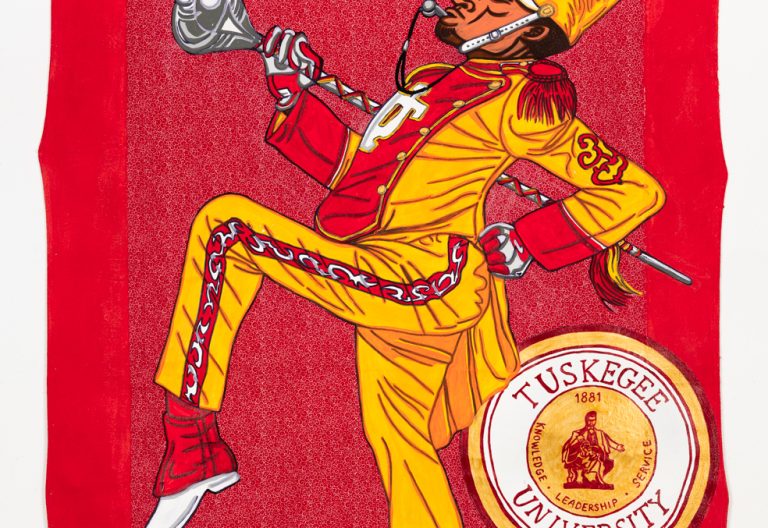
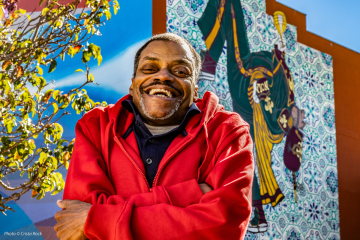
Keith Duncan, Photo courtesy of Crista Rock
Keith Duncan is a contemporary figurative artist and educator based in New Orleans, Louisiana. A visual storyteller, Duncan draws inspiration from personal narrative, community engagement, news media, art history, Black culture and the traditions of New Orleans. While his studio practice is firmly rooted in painting and drawing, his process is expansive, adroitly incorporating paper collage and textile art.
Duncan was born in New Orleans in 1964, and grew up in Empire, Louisiana – a small coastal fishing village in Plaquemines Parish near where the mighty Mississippi River meets the Gulf of Mexico. He received a BFA from Louisiana State University, and an MFA from Hunter College (CUNY) New York, NY. He has been the subject of solo exhibitions at CUE Arts Foundation, New York and Ohr-O’Keefe Museum of Art in Biloxi, Mississippi, among other gallery spaces throughout the United States. He has been included in numerous group exhibitions, including Thelma Golden’s Black Romantic at the Studio Museum in Harlem and Prospect.2 curated by Dan Cameron. His work is included in the permanent collections of Ogden Museum of Southern Art, New Orleans Museum of Art, Pérez Art Museum Miami and the Flint Institute of Art.
His awards and accomplishments include the Camille Cosby Fellowship, The Joan Mitchell Foundation Grant and in 2001 his work was commissioned for NASA. Residencies include Skowhegan School of Painting & Sculpture in Skowhegan, ME. Duncan has taught art for over twenty years in New York and New Orleans and currently resides in New Orleans and is represented by Fort Gansevoort, New York.
Learn more about Keith DuncanA part of Arts New Orleans’ mural project, Unframed presented by The Helis Foundation, Duncan created a massive mural of an imaginary New Orleans drum major on the side of Ogden Museum of Southern Art in the winter of 2023. Marching proudly through the city’s skyline, Drum Major of New Orleans is an archetypal figure who represents the collective mission and traditions of all HBCUs and the indomitable spirit of the people of New Orleans.
Dressed in an invented uniform decorated with the fleur-de-lis, the monumental acrobatic drum major additionally symbolizes the vibrant spirit and rich musical traditions synonymous with the city of New Orleans. Set against a highly patterned background, the allegorical figure alludes to Duncan’s continued engagement with the subjects of HBCU marching bands and musicians. The archetypical drum major—a representation of Black excellence— alludes to the collective mission of all HBCUs to promote Black knowledge production and preserve cultural heritage.
The mural can be viewed on the corner of St. Jospeh Street and St. Charles Avenue.
learn more about the unframed series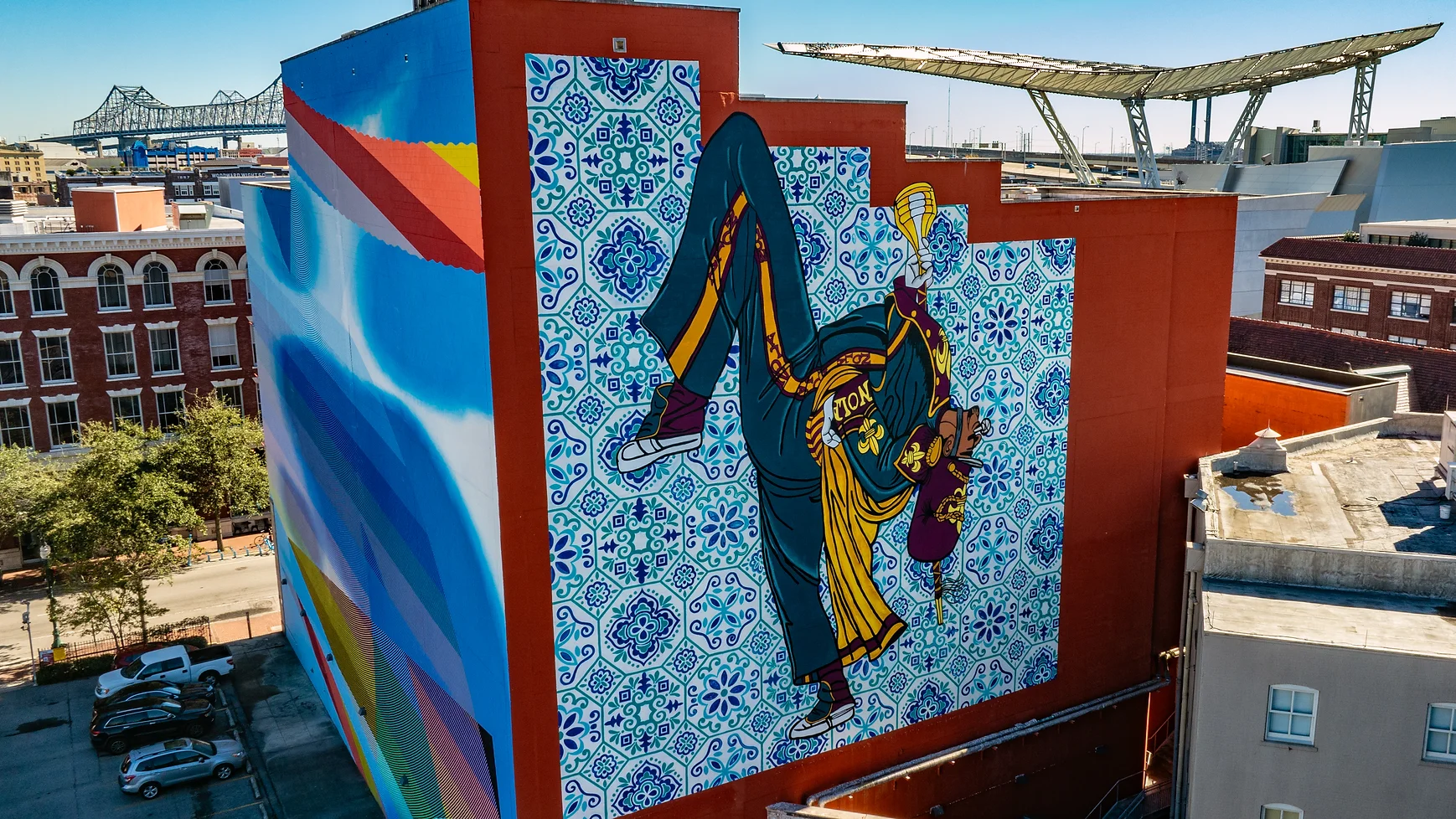
Photo courtesy of Crista Rock